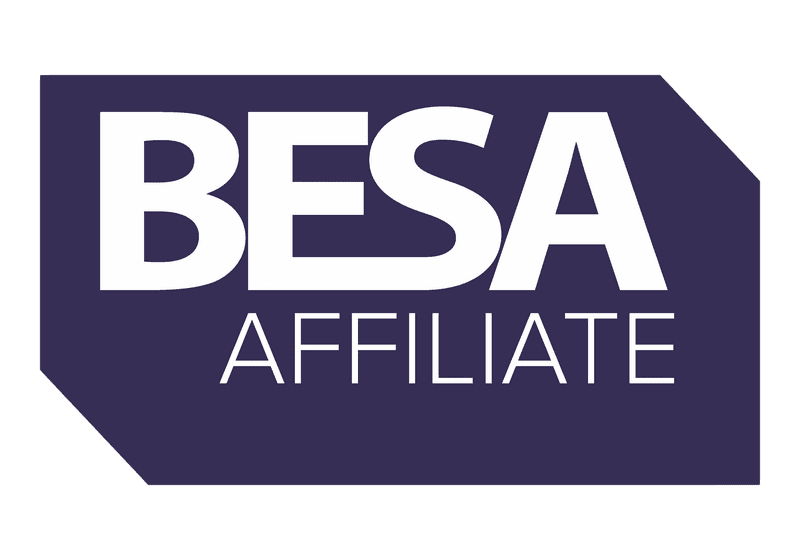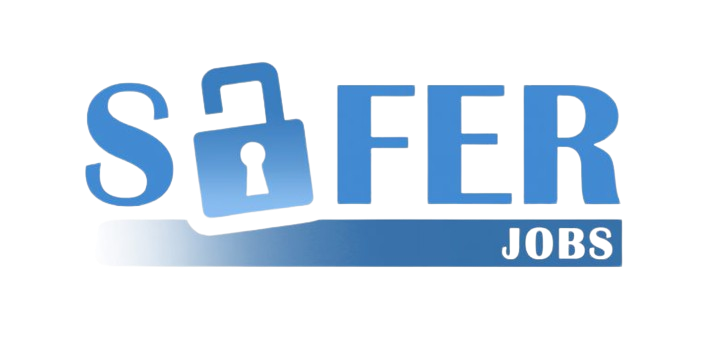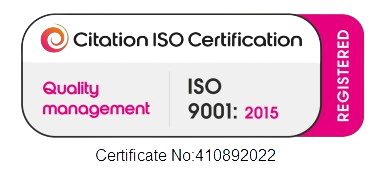Career paths can be a rollercoaster, especially in today’s dynamic job market. Whether due to personal reasons, professional pivots, or unexpected circumstances, many professionals experience gaps in their work history. Yet, when it comes to job interviews or updating your CV, these pauses can feel like glaring red flags.
But here’s the truth: career gaps are not career killers. In fact, when framed thoughtfully, they can become powerful narratives of growth, resilience, and intentionality.
1. Reframe the Gap as a Chapter, not a Flaw
Instead of viewing a work gap as a void, think of it as a chapter in your professional story. Did you take time off to care for a loved one, pursue further education, travel, or reassess your career direction? These experiences often cultivate soft skills—empathy, adaptability, problem-solving—that are highly valued in the workplace.
Tip: Use language that emphasizes action and intention. For example:
“During this period, I focused on personal development and strategic career planning, which led me to pursue opportunities more aligned with my long-term goals.”
2. Be Honest, But Strategic
Transparency builds trust, but oversharing can dilute your message. Aim for a balance be honest about the reason for the gap but steer the conversation toward what you learned and how you’ve grown.
Avoid: “I couldn’t find a job.” Try instead: “I took time to reassess my career direction and upskill in areas that align with my future goals.”
3. Highlight What You Did During the Gap
Even if you weren’t formally employed, chances are you were doing something valuable. Volunteering, freelancing, taking courses, or managing personal responsibilities all count
Example:
“While I wasn’t in a formal role, I completed x certification and x course, which sharpened my technical skills and knowledge of the fire and security industry and systems.”
4. Practice Your Narrative
Confidence is key. Prepare a concise, positive explanation for your gap that you can deliver smoothly in interviews or networking conversations. Avoid sounding apologetic—own your story.
Structure your response like this:
- Context: Briefly explain the gap
- Action: Share what you did during that time
- Value: Connect it to how you’re now better equipped for the role.
5. Show You’re Ready and Motivated
Employers want to know you’re prepared to re-enter the workforce with energy and commitment. Demonstrate your readiness by discussing recent projects, certifications, or industry trends you’ve been following
Tip: End your explanation with enthusiasm for the role you're applying for:
“I’m excited to bring my refreshed perspective and newly acquired skills to a team that values innovation and collaboration.”
Career gaps are part of real life. What matters most is how you talk about them. By owning your story, focusing on growth, and showing readiness, you can turn a potential weakness into a compelling strength.
Remember: your career is a journey, not a race. Every step—even the pauses—can move you forward.
If you're looking for your next career move, our team can help find you what you're looking for. Give us a call to chat on 01509 615290 or email us on admin@centogroup.com.







